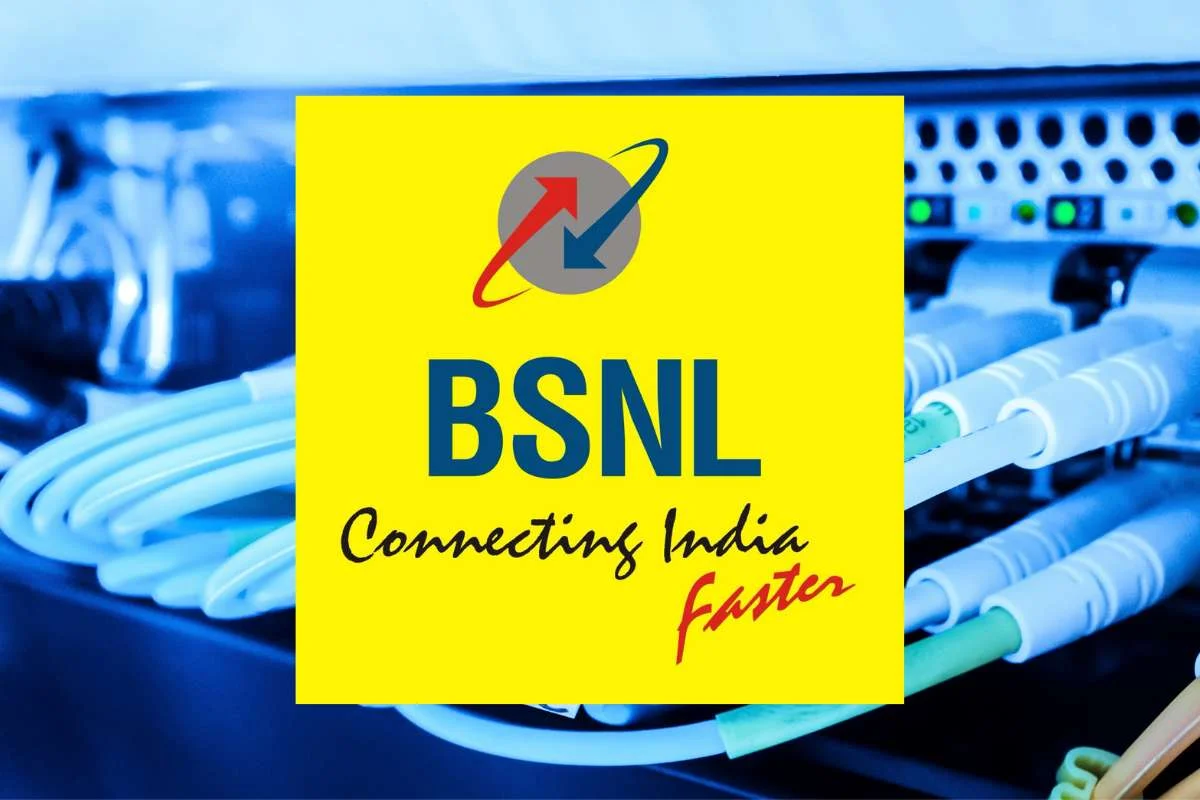
Bharat Sanchar Nigam Limited (BSNL) is one telecom company that is often in the news headlines for the wrong reasons. The Public telecom company has registered a decline in its subscriber base quarter on quarter and month on month. There are multiple reasons for this phenomenon. Firstly, is the most obvious reason for the absence of a 4G network, which is the prominent reason why subscribers have been seen leaving the BSNL network. Except in areas where BSNL 4G is available, like in circles of Kerala, the other circles of BSNL prepaid have shown grim numbers. In contrast, the performance of BSNL broadband services has been exceptionally well. BSNL’s wired broadband subscribers have grown immensely, quite the opposite to its prepaid subscribers. This is on the back of a robust fibre network, attractive plans and lots of offers that BSNL has rolled out week after week. The latest wrench in the plan for BSNL’s future happens to be in the form of a monetisation plan for the company’s assets.
Government Push for National Monetisation Pipeline
According to the government’s plan under the National Monetisation Pipeline (NMP), BSNL and MTNL’S 14,917 mobile towers along with state-funded 2.86-lakh kilometres of BharatNet's optic fibre network along 400 railway stations, 150 trains, and 26,700 kilometres of National Highway would be put on the block for selling to the private sector. The unions of BSNL workers have been showing apprehensions regarding this move. With a socialistic tilt, the unions of BSNL have always been in favour of maximum state holding of assets, and while their fears are ideologically right, the current situation of the market and the telecom industry in general paint a different picture.
BSNL Now Needs 5G Network
India currently stands on the brink of a 5G revolution. The government is working hard with the National Security Advisor led the committee to streamline the process of verifying producers of telecom equipment and to allow the telcos in importing the right equipment for better 4G and 5G deployment. In the meantime, BSNL’s equipment caters merely to the 3G population, which by the current market out standards is already on the exiting route. Most private telecom operators currently rely on 4G networks for their services, and this has proven to be a good formula and path to follow. On the other hand, BSNL is already looking at local vendors for its tower and equipment needs for the next phase. Thus the NMP, coupled with an “Atmanirbhar” approach to the procurement of equipment, is going to be good in the long term for the public telecom company.
BSNL Fibre Optic Asset Monetisation
Lastly, the fibre optic reach of BSNL has been uncanny in the sense that it has truly revolutionised the field for consumers and companies alike. The monetisation of assets of fibre-optic cables laid across the country would allow the private players to better utilise this to give more services to the consumers with better offerings. The current competition in the field would also stop the prices from skyrocketing, in case BSNL is not present as an option in the list of broadband providers. Even now, BSNL’s pricing of wired broadband services remains comparable to the private players. Hence, taking a non-myopic, long-term view of the divestment in the strategic sector, the monetisation of BSNL’s assets would prove fruitful for the company.















